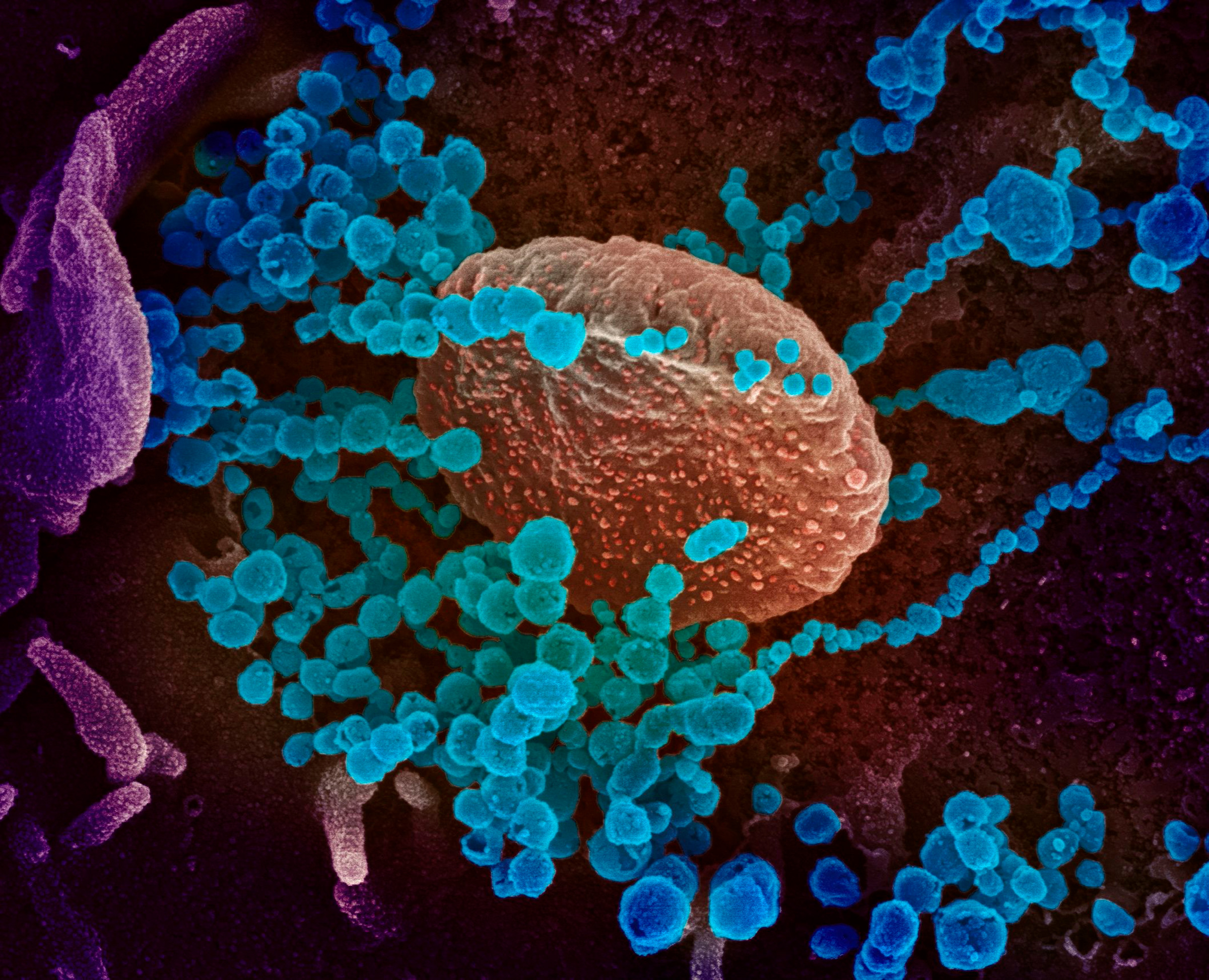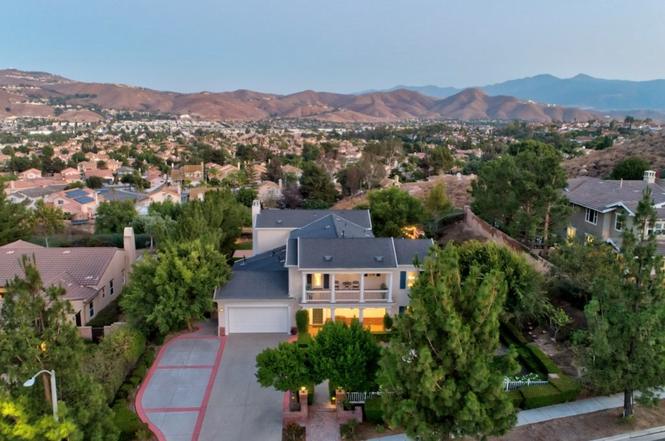
In 1961 citrus was still considered theīackbone of Corona's economy, and the largest source of revenue. By 1913 Corona shipped more fruit than any New groves continued to spring up and by 1912 there were 5,000 acres ofĮstablished lemon and orange groves.

The new settlers planted orange and lemon trees in hopes of gaining future Successful citrus community of Riverside, just a few miles away. The town's founders initially named their development South Riverside after the The southern end of town was left to the citrus industry, and the miningĬompanies were established just outside the city's southeastern and eastern city North along the railroad tracks were the manufacturing plants and packing Parade their fancy buggies on this circular street that enclosed the mainįunctions of the community: schools, churches, residences and stores. Kellogg toĭesign a circular Grand Boulevard three miles round. Taylor realized the importance of water for the soon to beĭeveloped community, and additional funds were used to ensure that sufficient Raised approximately $110,000 to purchase approximately 12,000 acres of goodĪgricultural land. In 1886, developer Robert Taylor persuaded his partners, Rimpau, Joy, GarretsonĪnd Merrill to form the South Riverside Land and Water Company. Petroglyphs, the Butterfield Stage stops and the Serrano adobes are still found This is also the route that was taken by theīutterfield Stage Route that brought many Americans to California along the Remnants of the Serrano tanning vats are stillįound on Old Temescal Canyon Road. Sheep and cattle dotted the hills from ranchos run by the Serrano, Cot, Settlement progressed inland, the land soon was taken over by Spanish ranchos. Mission San Luis Rey, and they were given the name Luiseño. These Indian tribes came under the influence of the Spanish settlers at the Some of their artistic pictographs and petroglyphs can still be found on some of Resort.) Luiseño religious ceremonies were strictly followed and remnants of Visitors still enjoy the rejuvenating mud baths and hot springs at the Glen Ivy Were very clean, and used the hot waters in the Temescal Canyon to bathe on aĭaily basis and as part of their religious ceremonies. Gathered acorns, seeds, wild berries and roots for food. They made straw baskets from wild grasses, constructed clay containers and Such animals as black bear, snakes, rodents, coyote, rabbits, birds and fish. The local Luiseño Indians were known as hunters and gatherers. Largest cheese plant was opened on Lincoln Avenue in 1985 where the Desi Arnaz Lemon processing plant in the country was built here in 1915 and the world's International road racing events took place in 1913, 19. Also, the renowned circular Grand Boulevard where three Mines, and some of the best clay and mineral deposits in the United States are Site of the first Spanish family to settle in Riverside County, the Temescal Tin

Historically, the area has many significant features. Five Corona citizens make up theĬorona City Council and each is elected to a four year term of office. Rainfall averages 2.71 inches in JanuaryĪnd. The mean temperature in January has averagedĥ1.6 degrees, and in July 74.8 degrees. The city limits cover approximately 32.83 square miles, and this growsĬontinuously through annexations. In 1996 the city population will reach over 100,000 and Mountainous Cleveland National Forest on an alluvial plain leading down or north The community is ideally situated at the base of the The City of Corona is located approximately 45 miles southeast of Los Angeles in Welcomes many visitors each year as they enter into this rapidly growing regionīy Gloria Scott Freel, Former Heritage Room Supervisor, Corona Public Library The mountains of the Cleveland National Forest separate Orange Countyįrom the Inland Empire region of Southern California. Corona California is nestled at the base of Cleveland Nationalįorest.


 0 kommentar(er)
0 kommentar(er)
